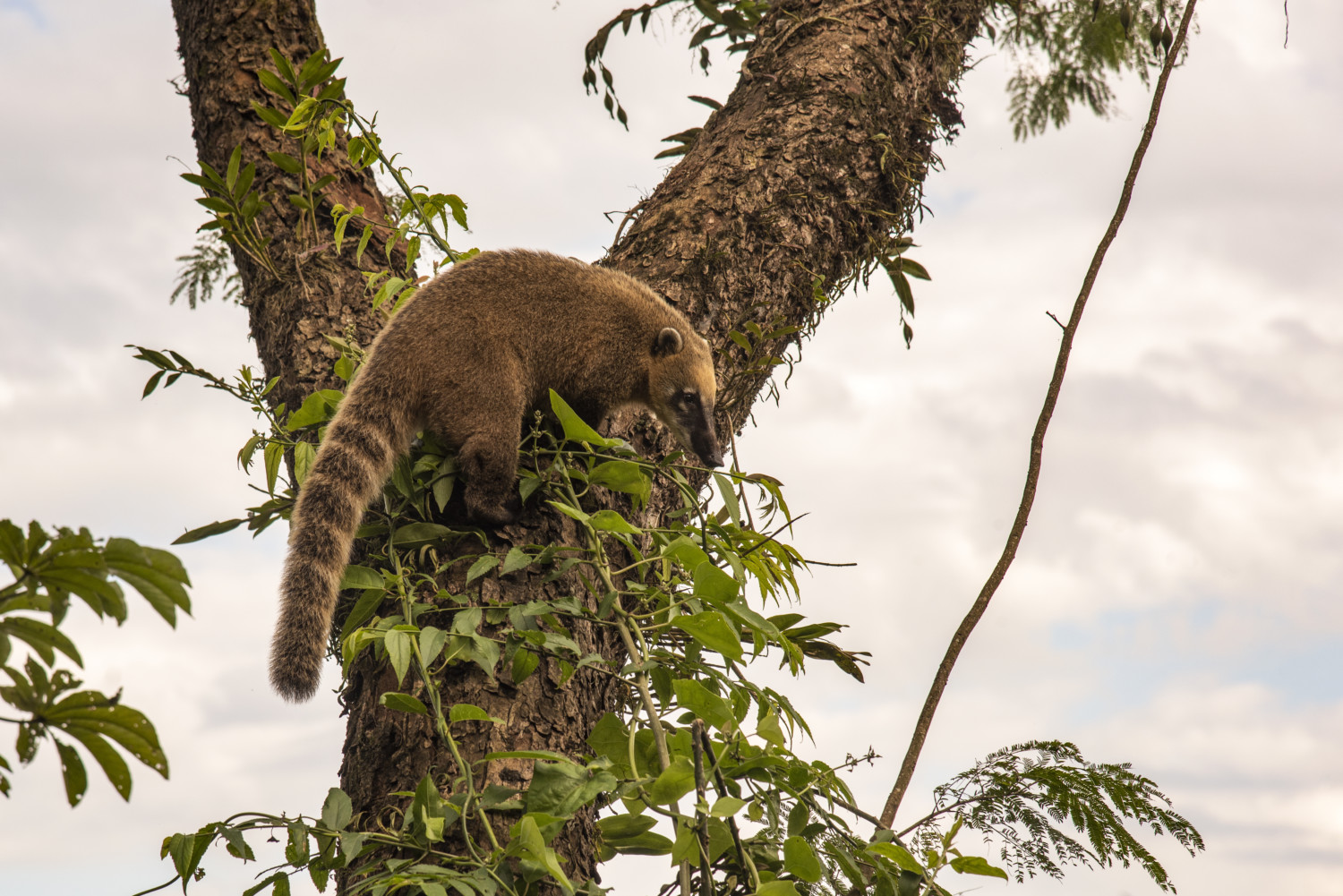It turns out if you take a nature video of long-tailed animals called coatimundis and play it backward, the animals in the video look like they’re tiny sauropod dinosaurs frolicking about. Who knew?
All you have to do is use your imagination a bit — the cute little faces of these South American cousins of raccoons turn into dino tails, while their tails become long necks.
The video, using footage that appears to be taken from a BBC program, seems to originate from a Twitter account belonging to Joan Mellera at @jmellera. The caption in Spanish loosely translates to “If you play backwards videos of coatis you are in Jurassic Park.” Check it out immediately:
Si pasás al revés videos de coatíes estás en Jurassic Park pic.twitter.com/uWRos5zxqz
— Joan Mellera (@jmellera) May 8, 2019
The 15-second video has gone viral, with more than 2.69 million views on the video itself since it was posted in early May. A June re-post at TikTok Everyday’s Facebook page, which lists the coati as raccoons, has 32,000 comments — many of which correct the name of the animal featured.
And yes, it definitely made us think of “Jurassic Park”!
We may or may not have called out, “They’re moving in herds. They do move in herds!” Just like that iconic scene in “Jurassic Park” where the characters experience a brachiosaurus for the first time, accompanied by the sweeping theme song.
In case you don’t remember, here’s the clip from the movie:
Of course, on a more realistic level, these dinosaurs would probably not have been able to run and play like coatis do thanks to their large size, unless they’re Littlefoot from “The Land Before Time,” who was always pretty light on his feet.
Although sauropods were probably warm-blooded, they also weighed about 62 tons and reached a height of four stories tall. They were definitely not as prone to romping as the cat-sized coatimundi!
The omnivorous coatimundis (nasua nasua) are native to the southwestern United States and South America. They hold their tails erect for balance, which is why they look like reverse dinosaurs when they move.
One reason to love this animal, other than their ring-tailed cuteness, if you’re afraid of spiders: They’ve been known to eat tarantulas! In fact, one of their ecosystem functions is controlling local populations of insects and invertebrates.
Coatis are not considered endangered, but they are protected in some areas, such as Uruguay, and the IUCN Red List says their numbers are decreasing.

Hopefully coatis won’t go the way of the dinosaurs, even if they do a darn good impression of them!
This story originally appeared on Simplemost. Checkout Simplemost for additional stories.


